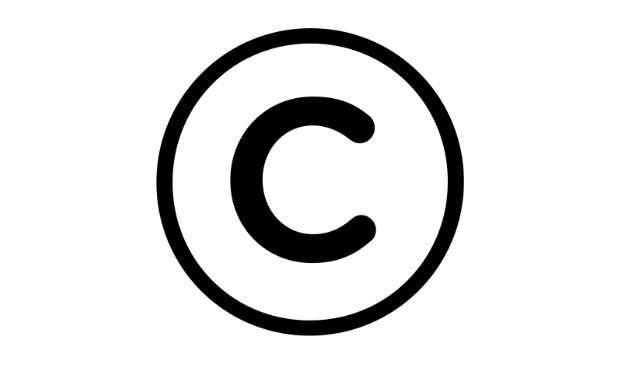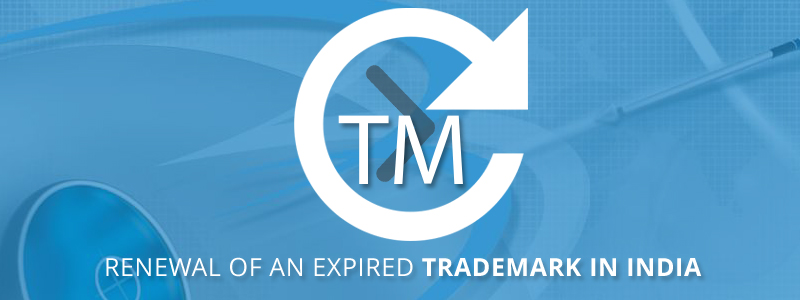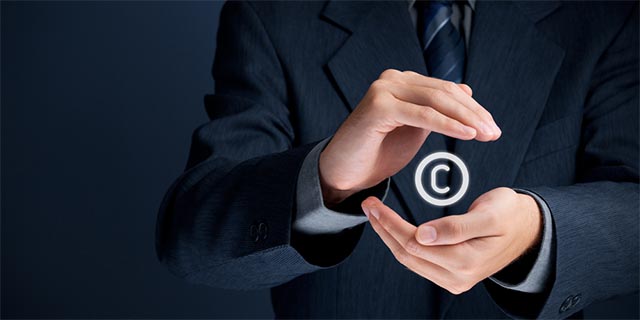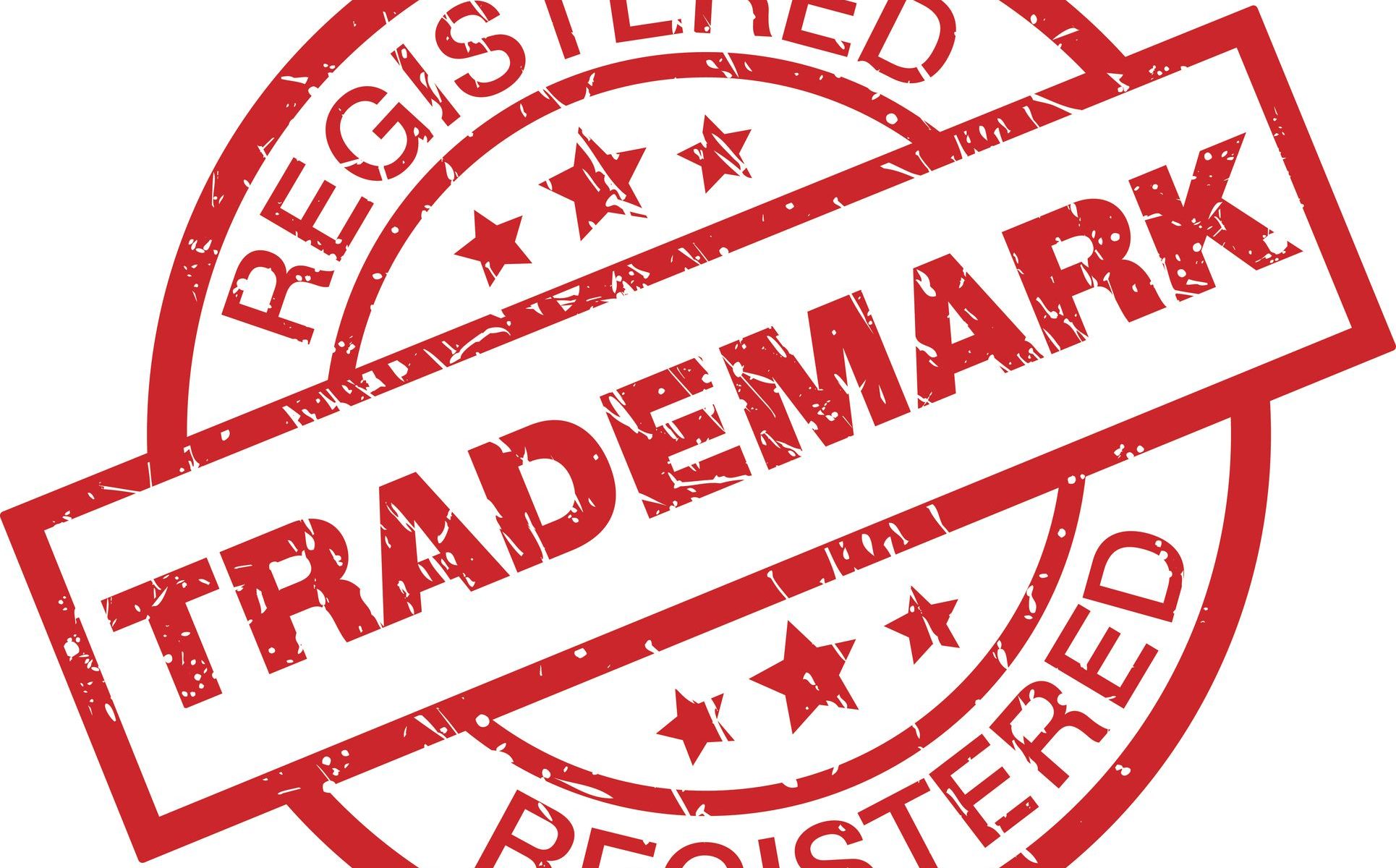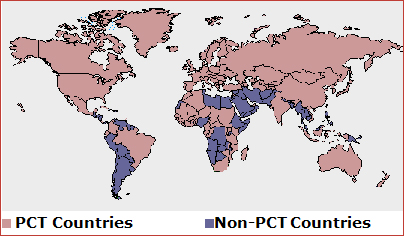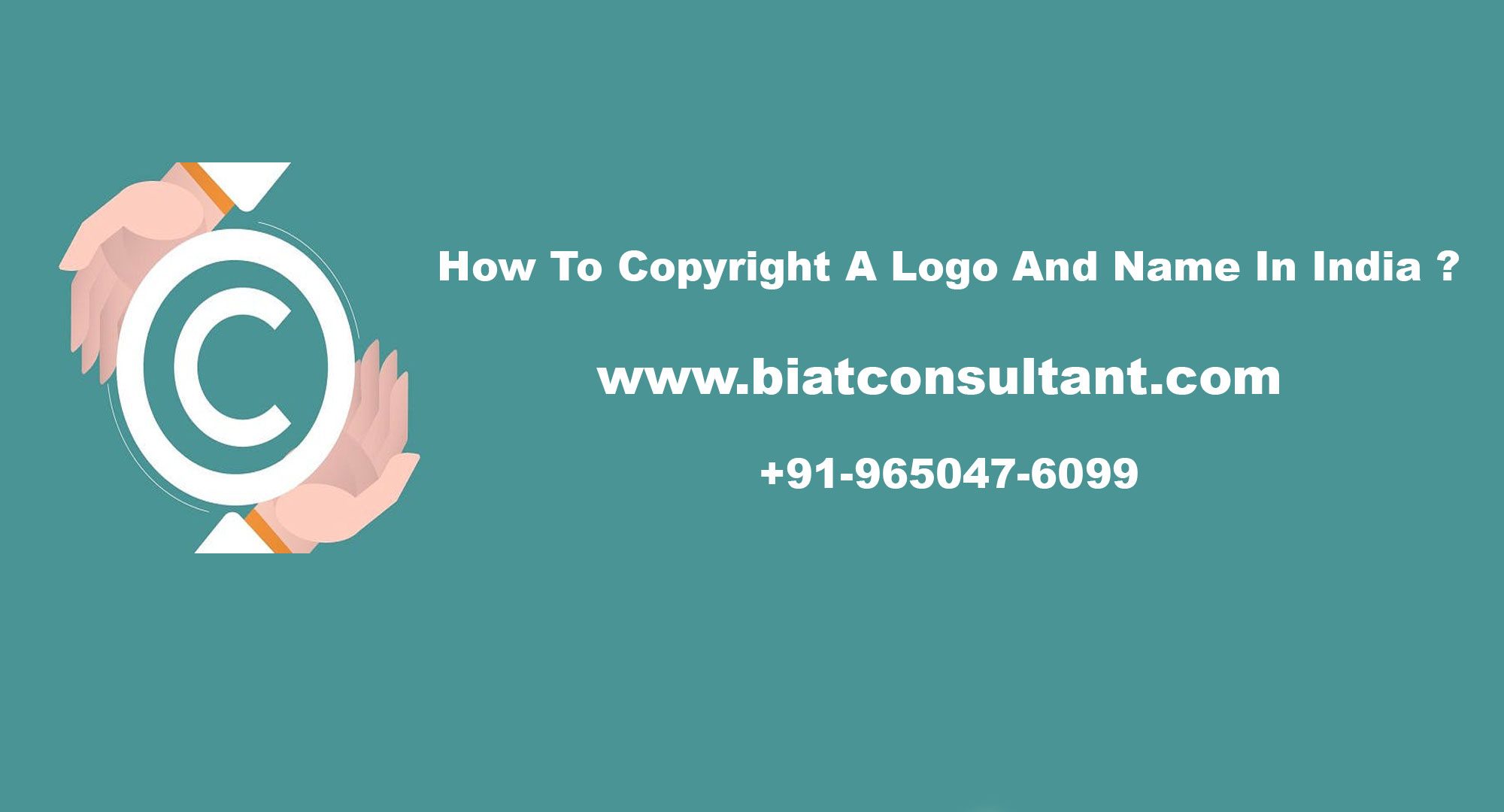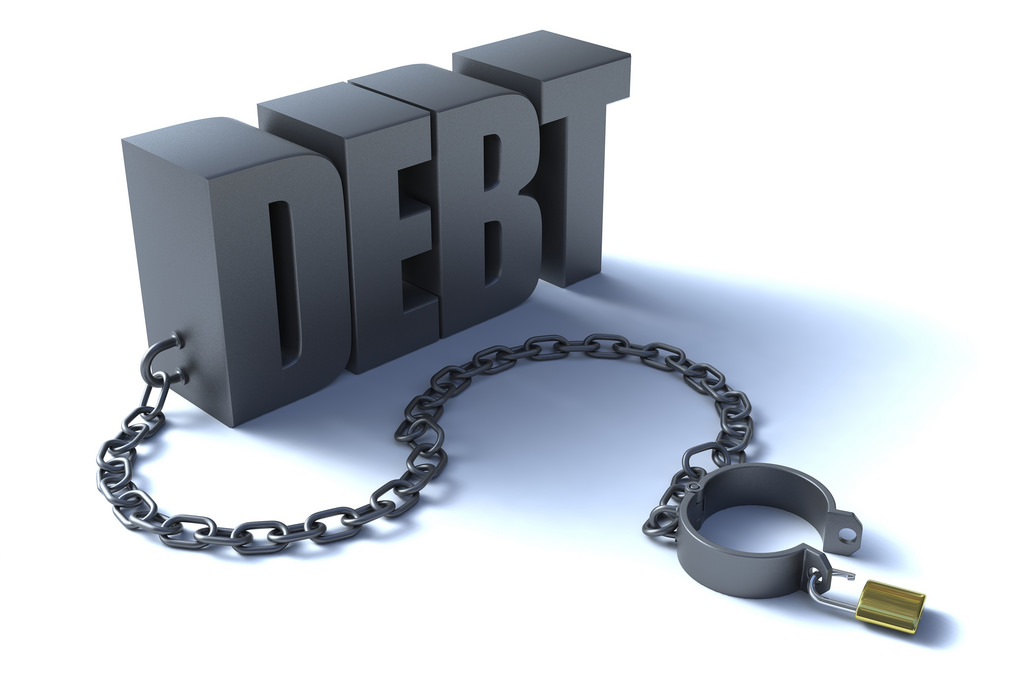Overview
A Trademark, which gives protection to the Brand name, logo, word, symbol or any combination thereof used with respect of business or in respect of certain products or services.
Trademark is given in the country in which it is filed, and to file in another country we have to comply with laws of the other countries.
Where United States of America is one of the economically leading country, and to apply trademark over there from India, or from their native countries, it has to be complied with the centralized governing authority called as the United States Patent and Trademark Office (USPTO)
Benefits of filing US Trademark Application
Registering Trademark in US has following benefits and they are as follows:-
- Legal ownership throughout all States i the US.
- A USPTO Trademark registration confers the highest degree of protection for a Brand name.
- Exclusive usage right.
- Right to refrain others from using your Trademark.
- The trademark gets listed on the USPTO Trademark database ( Trademark electronic search system)
- Right to use R symbol.
- A USPTO trademark registration increases valuation of the Brand name as well as the business.
- Rights o take legal action against infringers and counterfeits.
How to register Trademark in US
In order to take or Register Trademark in US, following steps are neede to be taken, and they are as follows-
US Trademark search
A thorough search of the similar trademark from the database is required to be done before filing of the4 Trademark Application in USPTO. This gives preliminary assurance that your Trademark is not confusing or similar to the already existing mark. And it also reduces the chances of objection or third party opposition.
Identification of Class
Based on the description or service of the product, accordingly class of that product is decided i.e. based on the description of the goods or services, exact class or classes from among 45 classes is being decided.
Comprehensive specification Drafting
The Trademark specification or description should be provided carefully, and the same should be the acceptable entries of the ID manual provided by the USPTO.
Trademark filing basis (Sec 1A, 1B, 44D, 44E)
This is the crucial step of Trademark filing process as the Applicant is required to select the filing basis for the Trademark application, from among intent to use, use in commerce, foreign application/claiming priority ( within 6 months from the date of filing date of the foreign trademark Application) and foreign registration.
Specimen of use
If the Trademark is being filed in which usage of the mark is being claimed, corroborating and acceptable specimen of use (documents establishing the use) must be provided.
Final Application
Once the Application is applied, then a serial number will be provided by the USPTO.


